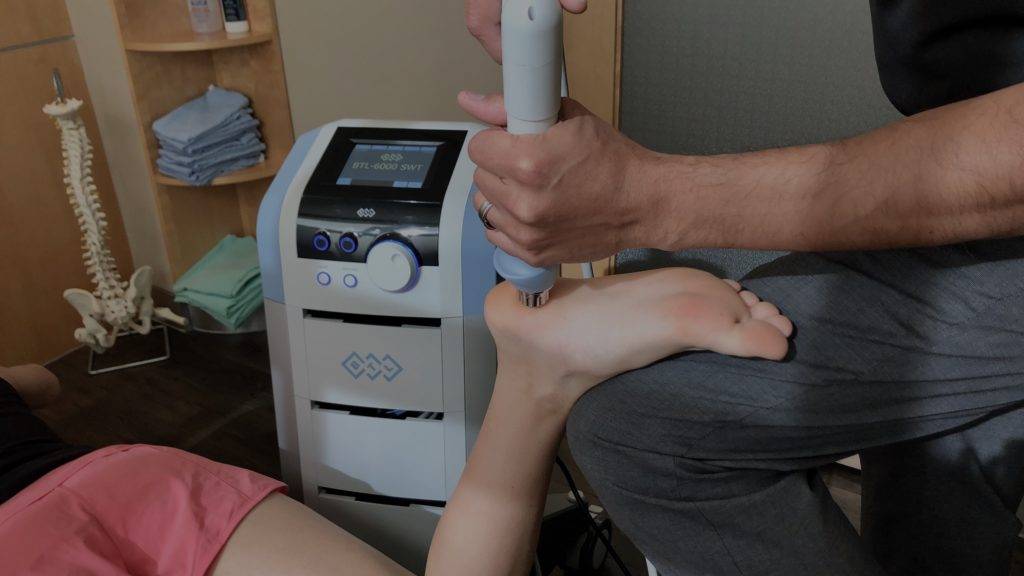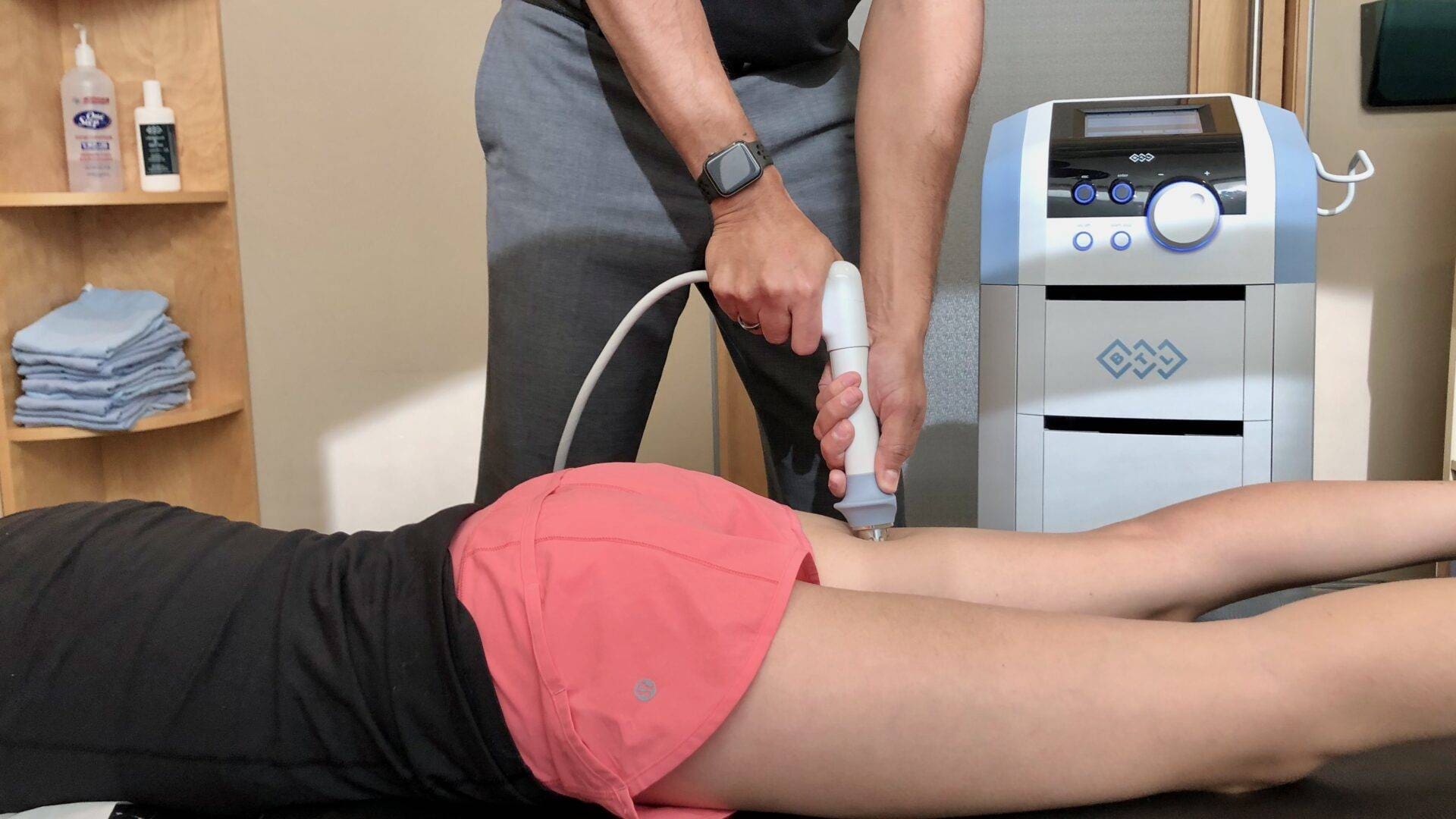By Dr. Richard Thompson
Earlier this year, I selected a dozen patients that had been dealing with chronic soft-tissue injuries that had been plaguing them for as little as several months to as long as 3+ years. Their injuries included upper hamstring tendinopathies, lateral epicondylitis (elbow pain), plantar fasciitis (heel pain), Achilles tendinosis (lower calf pain), and longstanding myofascial adhesions in the upper back – those stubborn knots just above the shoulder blade. Almost all of these cases had seen very good to excellent improvements in their condition using our typical conservative treatment options (soft-tissue therapy, laser therapy, and/or acupuncture), but their conditions had plateaued at around the 70-80% range of full recovery. No matter how intensely or how frequently treatment was rendered, the conditions had hit a standstill. This was not only frustrating for the patient, but also for myself as a healthcare practitioner dedicated to delivering results!

For those of you that have not heard of the technology, shockwave therapy (SWT) is a therapeutic modality used in physical therapy and sports medicine for the treatment of common musculoskeletal (MSK) conditions. Acoustic waves generated by the shockwave are driven into chronically injured tissues to trigger biological effects that lead to faster, long-term healing and tissue regeneration. For many chronic injuries, the tissues have undergone cellular changes, where the body has laid down fibrotic cells over a period of time to mend the injury site. This process of fibrosis leads to thickening of the tissue and forms adhesions not only within the damaged tissue but as well with the tissues adjacent to the injury site. If left untreated, these adhesions become extremely dense, large, and resistant to movement, otherwise known as scar tissue. Many of my chronic injury patients often try to stretch out the area of pain for relief, only to either cause a worsening in pain or find that stretching provided little to no benefit at all.

-Shari T.

I can truly attest to the therapeutic effectiveness of shockwave therapy (under the right clinical circumstances) and I am beyond pleased with the clinical outcomes I am now achieving for chronic soft-tissue injuries. Patients are returning to their sport or activity and are able to resume their normal activities of daily living without the worry of experiencing pain. If you or anyone you know are dealing with a chronic injury or longstanding pain, I encourage you to seek out the advice of a healthcare professional who can properly diagnose the problem and provide shockwave therapy as a treatment option for your condition.

